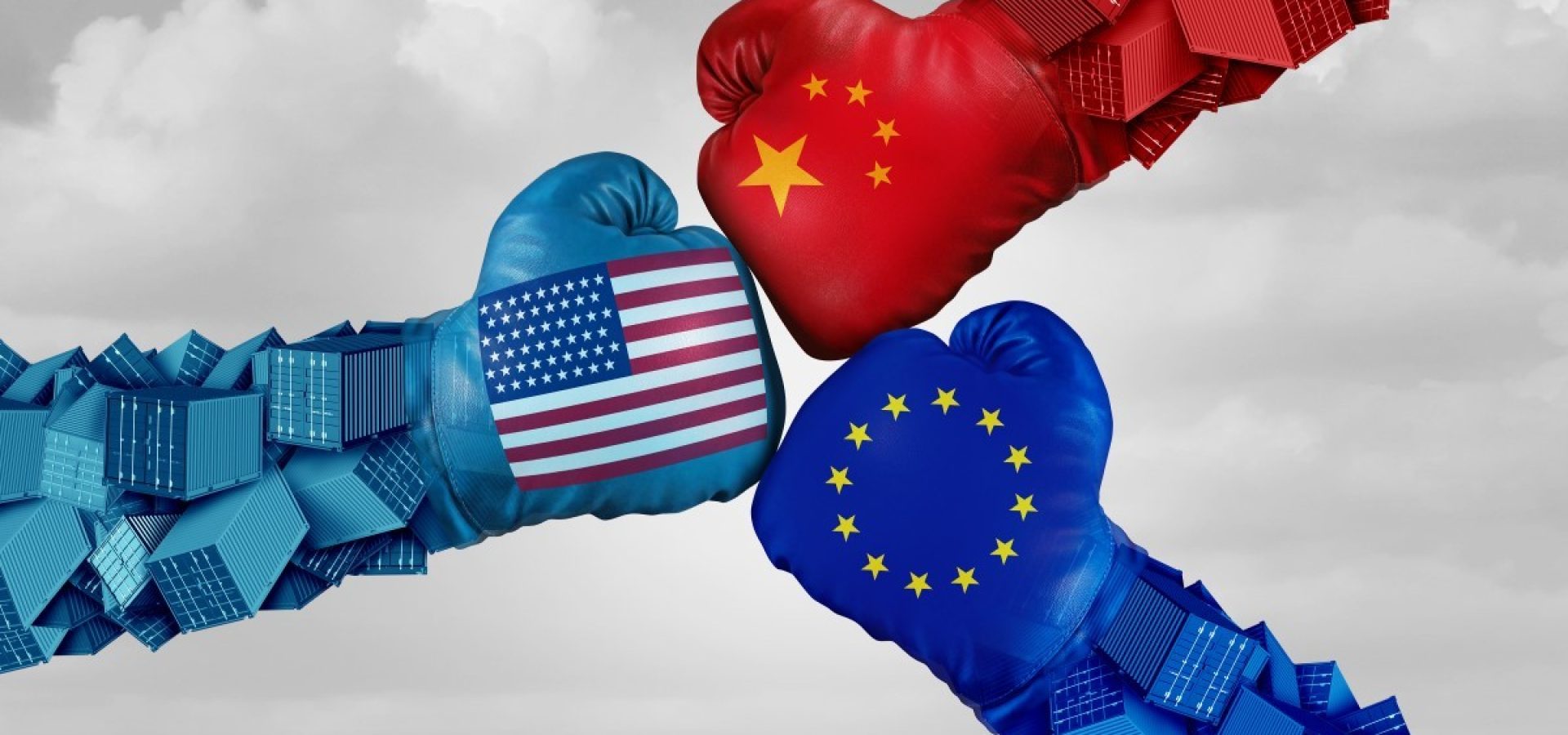Last week, U.S. President Donald Trump took no action regarding the national security tariffs. Last week, on Thursday, it was the last day when Trump administration could impose the tariffs on foreign-made cars and auto parts. It means that now it will be hard to put tariffs on cars from the European Union, South Korea or Japan. This news will affect Trump’s reputation as an economy in general.
Automakers from Europe and Asia expected that Trump would delay his decision regarding the tariffs. However, the administration did nothing, which is hard to explain.
In May 2019, Trump used a law that dates back to the cold war to threaten foreign carmakers. More precisely he invoked a six-month negotiating period. He was able to do so thanks to Section 232 of the Trade Expansion Act of 1962. The purpose of this law was to protect the U.S. defense industry.
However, according to the Court of International Trade, which published its decision on Monday, Trump ran out of time. It means that his administration won’t be able to use this law to impose sanctions on the foreign-made cars and auto parts.
In August 2018, Trump used the Section 232 when he tried to double the tariffs on steel imported from Turkey. He wanted to increase the tariffs to 50%.
However, Transpacific Steel LLC, which is importing Turkish steel appealed this decision. The company claimed that the administration did not follow the proper procedures, as the move came too late. As a result, the administration’s decision was unlawful.
Economy and trade disputes
As mentioned above, the U.S. trade court ruled in favor of Transpacific Steel LLC. The New York-based federal court is responsible when it comes to appealing the U.S. duty terminations.
According to Devin Sykes, who a trade lawyer with Akin Group this case will help the companies to challenge Section 232 cases.
It means that in the future, it will be harder to use this law as a bargaining chip. Trump likes to use the threat of tariffs, as he believes that it helps to gain leverage during the negotiations process.
However, as Trump missed the deadline to impose the tariffs, he lost this advantage, according to Clark Packard. He works for the libertarian advocacy group RStreet.org. It means that Trump won’t be able to use Section 232 to impose tariffs.
It is important to mention that the U.S. and Japan reached a trade deal in September. However, this trade deal does not cover auto trade.
Another problem for the current U.S. administration is it has to sign a trade deal with the European Union. The reason why this process remains frozen is that U.S. and EU can’t agree regarding the scope of the negotiations.
U.S. Commerce Department remains silent. In May 2019, the department notified Trump that auto imports had a negative impact on the internal economy. Moreover, it determined that the U.S. auto industry is falling because of auto imports. This department conducted the section 232 probe, and the White House released the information about this investigation in May 2019.









COMMENTS